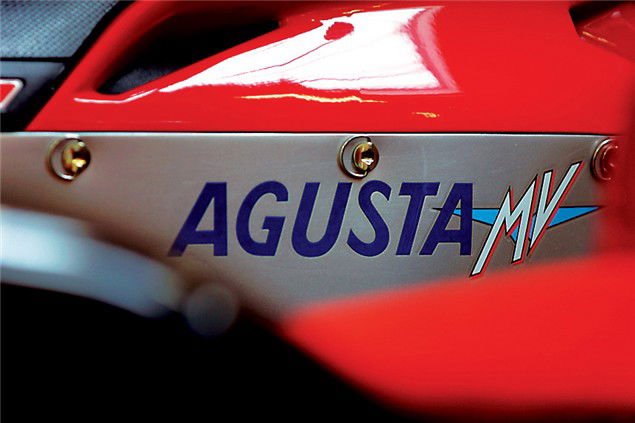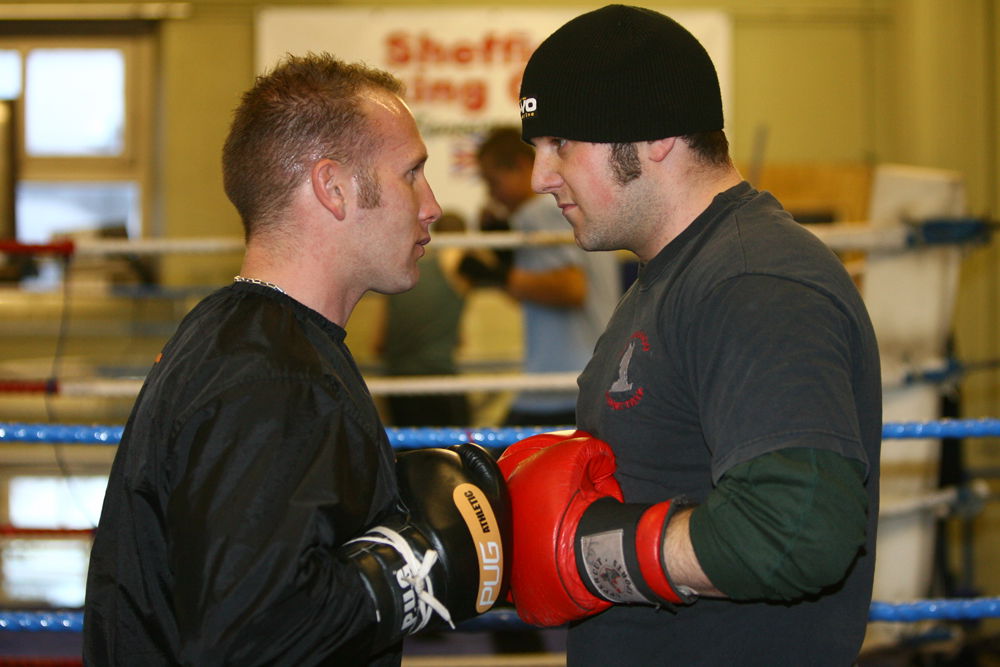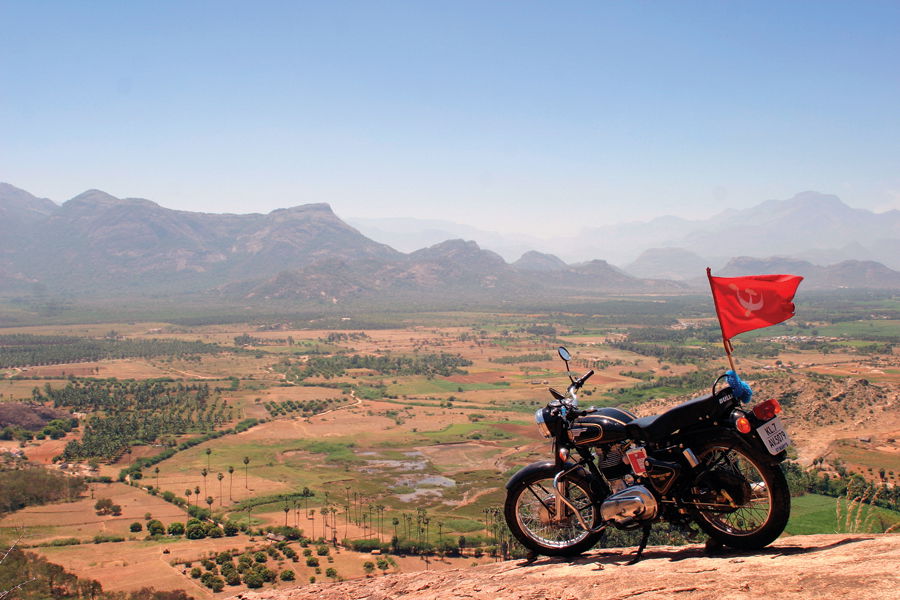MV Agusta Racing Resurrection
MV were once racing's dominant force, before slipping into the Japanese shadow. Two men have risked their livelihoods to resurrect Italy's heritage and produce bikes that are works of art and ahead of their time. This is their story


Forget Honda Racing Corporation, Rossi's Yamaha or Mick Doohan's race craft. MV Agusta, in the hands of Giacomo Agostini, Mike Hailwood, John Surtees, Phil Read and other big names of racing past annihilated the competition throughout the 50s and 60s, winning 75 world championships, 207 GPs and more than 1000 individual national and international races. Now hardcore bike nut Claudio Castiglioni wants to resurrect past glories - and we all know what that did for Ducati.
"I've always loved motorcycles," says Castiglioni from his office at the MV factory in Varese. "I even raced as a kid, but just for one year because my family made me stop. So in 1978 I bought Italy's Harley-Davidson building in Varese and started Cagiva."
Castiglioni put his family business worth millions on the line to pursue his passion. At that time European motorcycle manufacturing was in a dire state, but, "we don't have time to wait for the sun to shine," explains Castiglioni. "We have to make it shine."
In 1985 Castiglioni asked Bimota founder Massimo Tamburini to help his firm develop the new Cagiva Mito 125. "When I left Bimota in 1983 I was undecided about my future," says Tamburini. "I wanted to continue
developing motorcycles, but I needed someone who believed in me to put money behind me. Then in 1985 Claudio asked me to make a 125 sportsbike for Cagiva. The Mito became such a success that Claudio let me open the Cagiva Research Centre (CRC)."
In 1985 Castiglioni bought Ducati "when Ducati was lost", says Castiglioni. The owners were about to shut it down and when Castiglioni asked to buy the name, they replied: 'You want-a Ducati? You take-a Ducati an' go!' Tamburini then set about developing bikes like the then unique looking Ducati Paso, until the early 90s, when he created a stunner: the 916. TWO's Grant Leonard was at the launch. "I've never been at a launch where all the journos were so gobsmacked by a bike," he recalls. "There was a feeling it might be a big styling job and underneath it only an 888. It took about 100 yards of pitlane to realise it wasn't, and after a dozen laps I came in truly astonished. It was so together, so capable; the harder you pushed the better it felt. And it bristled with new ideas - all patent pending, clever and trick, and moving the game forward. "
The 916 was produced in time for the 1994 World Superbike Championship, and it dominated the series. But just a couple of years later Castiglioni sold Ducati for a huge profit and turned his attentions to MV Agusta, a name he'd bought a few years earlier. At the 1997 Milan show, Castiglioni and Tamburini presented the gorgeous inline four F4 750.
"I always believed a 750 with the weight of a 500 and the power of a 1000 is the perfect motorcycle," says Tamburini. But when the F4 Serie Oro was finally launched in 1999, followed shortly after by the F4 S, it was criticised for not being quite powerful enough and even heavy in the F4 S's case. Grant was at the launch of the F4 Serie Oro: "The bike was covered in superlight sandcast magnesium - swingarm, engine covers - rough looking and gold in colour, hence its model name, the Oro. They claimed 120bhp, huge for a 750 then, but it didn't feel any faster than a GSX-R750 of the day. It handled beautifully, felt very small and low and would lean, lean, lean. I loved the technology: the radial valves, the way the chassis came apart in three pieces, the thought behind the architecture that allowed you to lie flat on the tank. And the looks. Clothed or naked, you could stare at it all day. But it should've been a 1000cc."
MV continued to expand the F4 750 line-up with the F4 S 1+1 and the limited-edition F4 SPR and F4 Senna. Production was stopped in 2001 with MV in debt after the collapse of the Piaggio merger, but resumed with the launch of the naked Brutale 750 after an Italian merchant bank threw a 'controlled administration' lifeline. When Malaysian car giant and Lotus owner Proton took a majority stake in MV in 2004, survival was assured and Castiglioni finally launched the mighty F4 1000S, with limited-edition Ago and now the Tamburini. A Brutale 910 is due in July. To Tamburini's admission, the F4 1000S is still a bit heavy:
"Japanese sportsbikes weigh 180kg wet, apart from the Honda. We need to shed 10% and I'm working on it." But he won't be changing the styling in a hurry: "A motorcycle must be born beautiful. The only changes should be to improve performance or reliability." Despite being created well over a decade ago, there are no signs of the 916 looking dated, and it and the F4 are displayed as works of art in New York's Guggenheim museum.
So when will MV race again? "We're developing an F4 in the Italian championship this year," says Tamburini. "But if we return to GPs we'll develop a V5. We'll need a new Valentino or Agostini and that won't be easy. Racers like these are born once in a blue moon."

